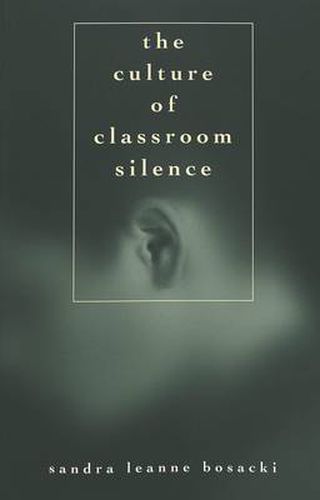Readings Newsletter
Become a Readings Member to make your shopping experience even easier.
Sign in or sign up for free!
You’re not far away from qualifying for FREE standard shipping within Australia
You’ve qualified for FREE standard shipping within Australia
The cart is loading…






What role does silence play in adolescents’ school experiences and in their developing sense of self? Sandra Leanne Bosacki offers a new perspective in this developmental and psychocultural account of classroom silences. Within the school setting, she addresses the paucity of research on the connections between adolescents’ concepts of silence and self-development. Focusing on the emotional, spiritual, and sociocultural issues around classroom silence, this book continues the conversations between developmental psychology and education by offering developmentally appropriate educational strategies to address the challenges inherent in adolescents’ experiences of classroom silence. Applicable to students of any age, The Culture of Classroom Silence is helpful to all teachers, from early childhood educators to university professors. Finally, this book concludes with suggestions for how educators and developmentalists can work together to school the silences and promote a culture of healthy and happy adolescents.
$9.00 standard shipping within Australia
FREE standard shipping within Australia for orders over $100.00
Express & International shipping calculated at checkout
What role does silence play in adolescents’ school experiences and in their developing sense of self? Sandra Leanne Bosacki offers a new perspective in this developmental and psychocultural account of classroom silences. Within the school setting, she addresses the paucity of research on the connections between adolescents’ concepts of silence and self-development. Focusing on the emotional, spiritual, and sociocultural issues around classroom silence, this book continues the conversations between developmental psychology and education by offering developmentally appropriate educational strategies to address the challenges inherent in adolescents’ experiences of classroom silence. Applicable to students of any age, The Culture of Classroom Silence is helpful to all teachers, from early childhood educators to university professors. Finally, this book concludes with suggestions for how educators and developmentalists can work together to school the silences and promote a culture of healthy and happy adolescents.